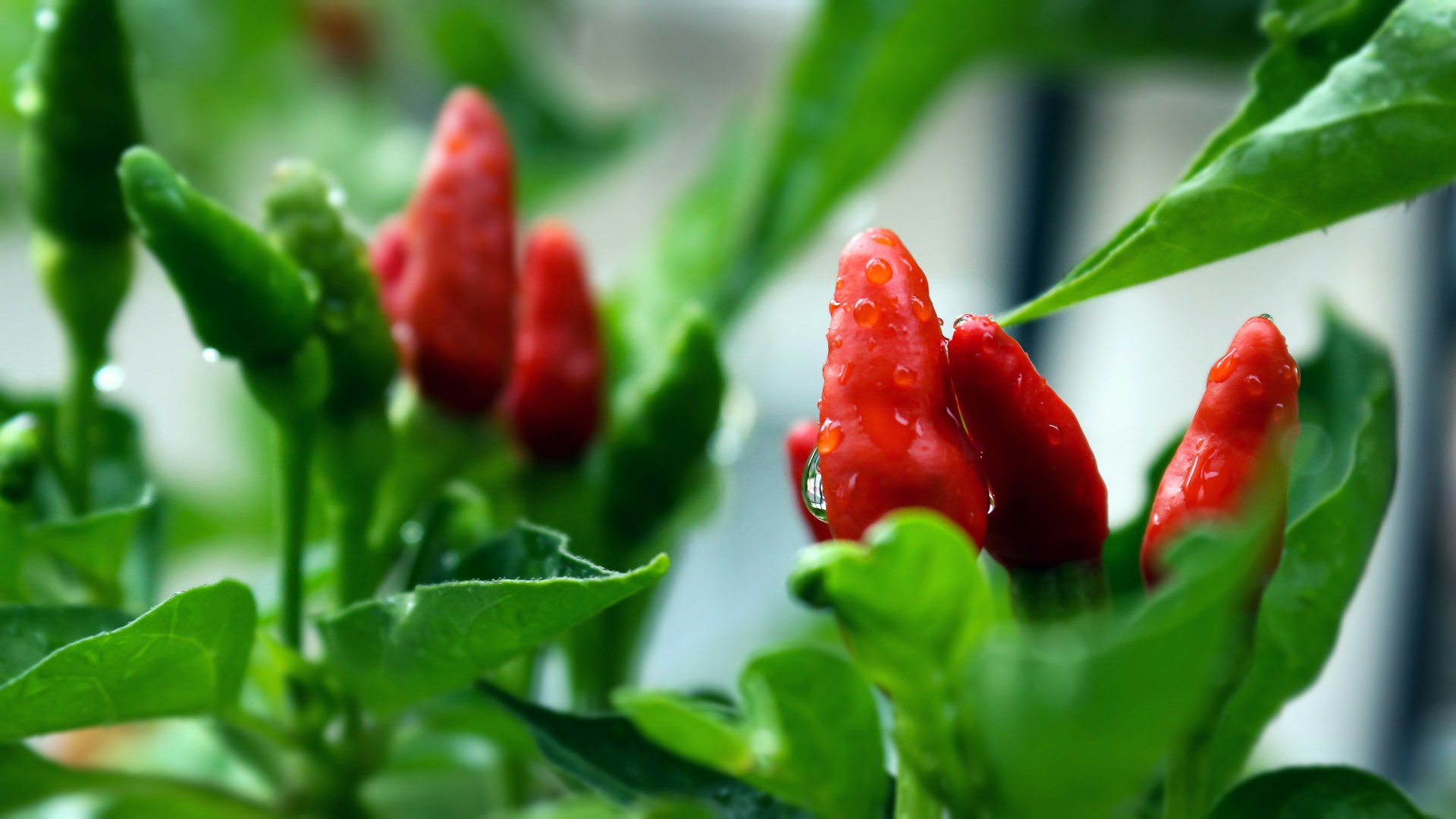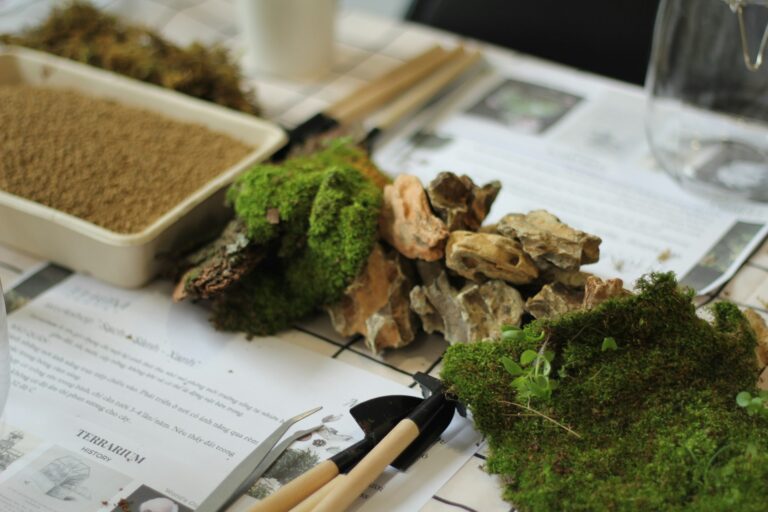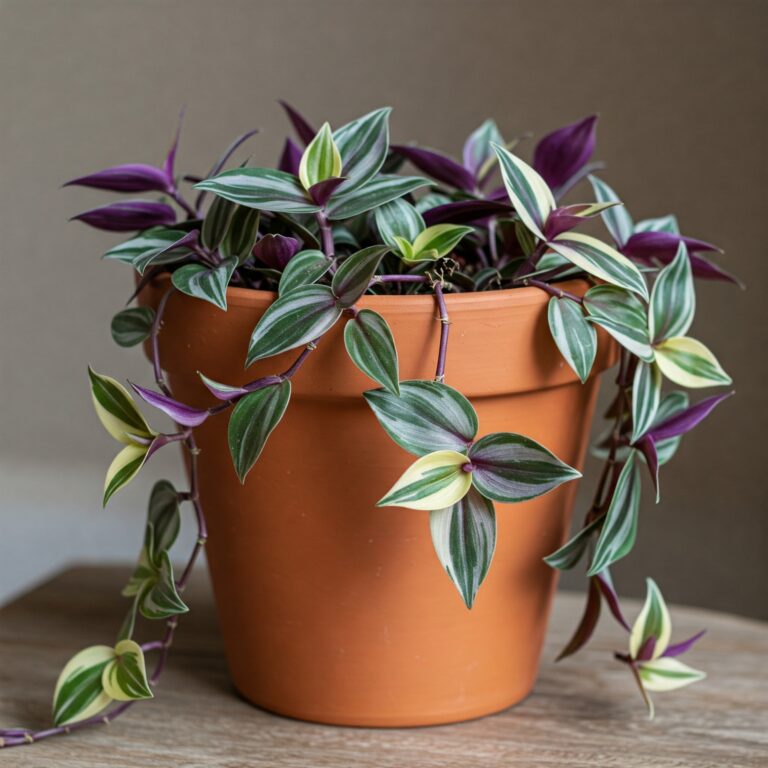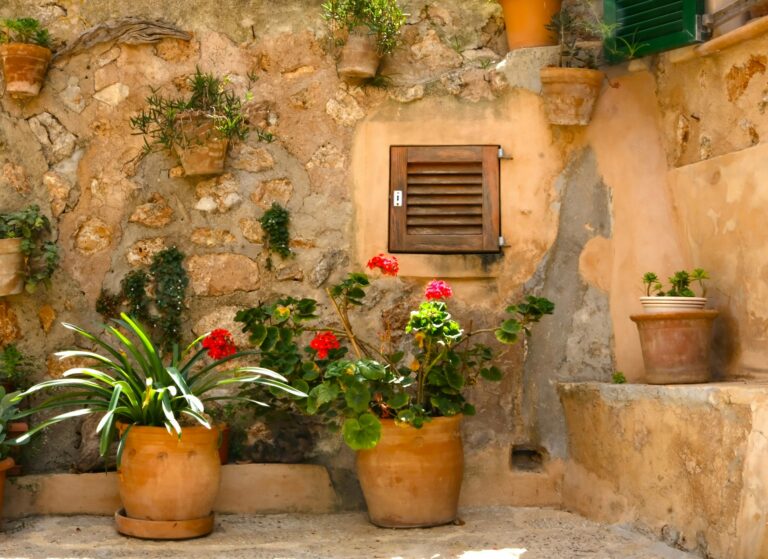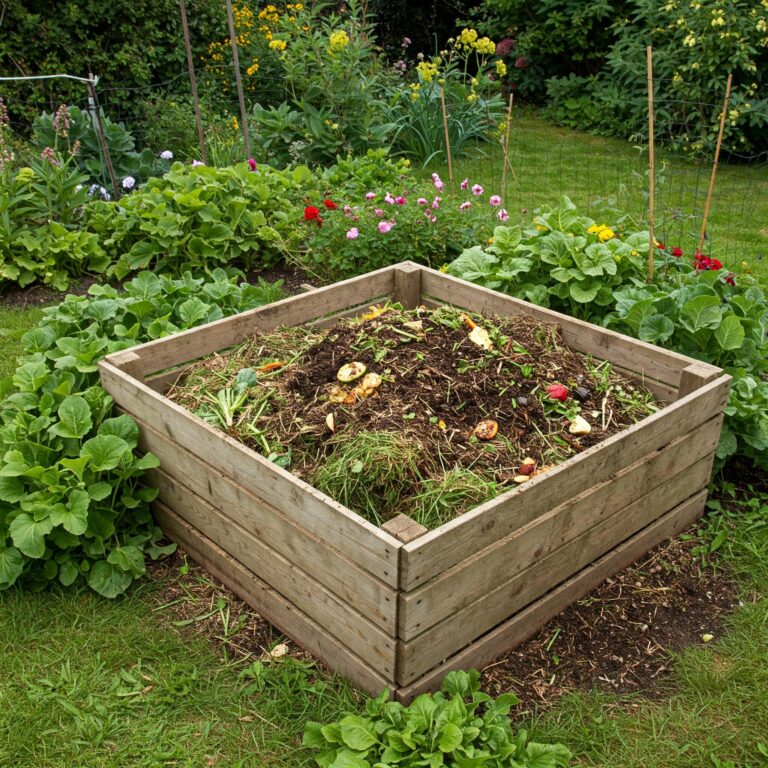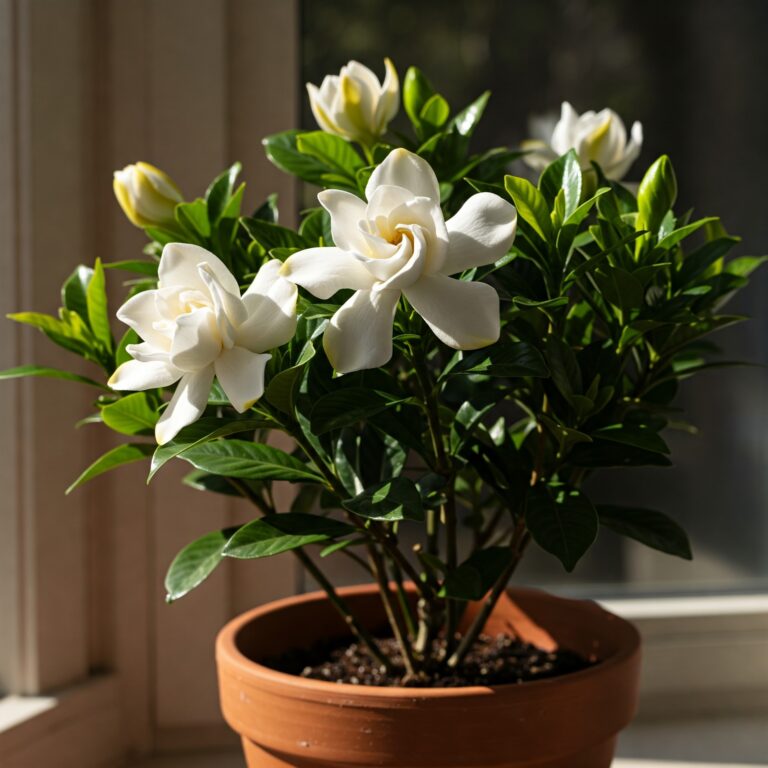Did you know that chili peppers have been cultivated for over 6,000 years? That’s right! These fiery little fruits have been spicing up our lives for millennia.
Growing chili plants in pots is a great way to enjoy fresh, homegrown peppers even if you have limited space. Potted chili plants are not only visually appealing with their colorful fruits but also add a spicy kick to your kitchen.
However, to get the best results, it’s important to understand their specific needs. From selecting the right pot and soil to providing adequate sunlight, water, and nutrients, caring for chili plants in pots involves a few essential steps.
This guide will cover everything you need to know to successfully grow healthy and productive chili plants in containers, ensuring a bountiful harvest of vibrant, fiery peppers.
How To Care For Chilli Plants In Pots
Choosing the Perfect Pot for Your Chili Plants
When it comes to chili plant care, selecting the right container is essential. Chili plants need space to grow, so choose a pot that’s at least 10-12 inches in diameter and depth. A larger pot provides ample room for the roots to spread and supports healthy growth.
You also have options when it comes to materials—plastic pots are lightweight and retain moisture well, while terracotta pots allow better air circulation but may dry out faster. For those looking for something creative, upcycling containers like old buckets or fabric grow bags can add a fun touch to your container gardening setup.
Proper drainage is crucial to avoid waterlogged roots, which can lead to root rot. Ensure your pot has enough drainage holes and consider adding a layer of gravel at the bottom to improve water flow. Remember, successful potted peppers depend on the right combination of pot size, material, and drainage.
Soil: Creating the Ideal Growing Medium
Soil quality is a critical factor in chili plant care. For the best results, use a well-draining potting mix enriched with organic matter. A good soil blend for potted peppers typically includes a mix of garden soil, compost, and perlite or sand.
The ideal pH range for chili plants is between 6.0 and 7.0, so you might need to amend your soil if it’s too acidic or alkaline.
Adding compost or worm castings provides essential nutrients and enhances soil structure, ensuring your chili plants get the nutrients they need. Mulching the soil surface with organic materials like straw or bark chips helps retain moisture and keeps the roots cool, which is particularly beneficial in hot weather.
By creating the right soil environment, you set the foundation for healthy and productive chili plants in your container gardening setup.
Chili Plants and Sunlight: Finding the Sweet Spot
One of the key aspects of caring for chili plants in pots is ensuring they get enough sunlight. Chili plants thrive in full sun, needing at least 6-8 hours of direct light each day. If you’re growing them outdoors, position your pots in a sunny spot that receives morning sun and afternoon shade to prevent scorching during peak heat.
For indoor growers, placing your plants near a south-facing window works best. In low-light environments, supplement with grow lights to give your potted peppers the light they need to flourish.
During the summer, keep an eye on your plants for signs of heat stress like wilting or sunscald. If necessary, move them to a slightly shaded area during the hottest part of the day. Adjusting light exposure seasonally is essential in container gardening to keep your chili plants healthy year-round.
The Best Gardening light meter
Watering
Watering is a balancing act when it comes to chili plant care. The key is to maintain even moisture without allowing the soil to become waterlogged. Water thoroughly, letting the excess drain out, then wait until the top inch of soil is dry before watering again. During hotter months, you may need to water more frequently, while in cooler weather, cut back to prevent overwatering.
Overwatering is a common issue with potted peppers, leading to yellowing leaves and root problems. Underwatering, on the other hand, can cause drooping leaves and stunted growth. Observing your plants and adjusting your watering routine based on their needs is crucial for successful care for chili plants in pots.
Fertilizing Your Potted Chili Plants
Feeding your chili plants the right nutrients is essential for boosting growth and ensuring a good harvest. A balanced fertilizer with a slightly higher potassium content promotes flowering and fruit production.
For organic options, compost tea, fish emulsion, or diluted seaweed extract work wonders. Synthetic fertilizers can also be effective—just be cautious not to overdo it, as too much nitrogen can lead to excessive leaf growth with fewer fruits.
In general, fertilize every two weeks during the growing season. Foliar feeding, where you spray nutrients directly onto the leaves, can give your plants an extra boost. Proper fertilization is a key element in chili plant care, ensuring that your plants produce plenty of fiery fruits.
Pruning and Training
Pruning is overlooked in the care for chili plants in pots, but it’s essential for encouraging bushier growth and better fruit production. Start pruning once your plants are about 6 inches tall by pinching off the top set of leaves.
This encourages side shoots, leading to a fuller plant. As your plant grows, prune away any lower leaves or branches that are touching the soil to improve air circulation and prevent disease.
For larger varieties, using stakes, cages, or trellises provides the support your plants need as they start bearing heavy fruit. Training your potted peppers with these supports helps keep them upright and makes harvesting easier.
Pest Control
Like any other plant, chili plants in pots can attract pests like aphids, spider mites, and whiteflies. Regularly inspecting your plants for early signs of infestation is crucial in chili plant care.
Use natural pest control methods like neem oil, insecticidal soap, or homemade sprays made from garlic and chili pepper extracts. These organic options help keep pests at bay without harming beneficial insects or compromising the safety of your fruits.
Preventative measures like good airflow, proper spacing, and keeping the leaves dry also reduce the risk of pest problems. Regularly wiping down the leaves and removing any debris from the pot can further protect your potted peppers from unwelcome visitors.
When and How to Pick Your Chilies
Knowing when to harvest is key when caring for chili plants in pots. The best time to pick your chilies depends on the variety, but a good rule of thumb is to wait until they’ve fully matured in color and size. Whether you prefer green or red chilies, harvest them by gently twisting the fruit off the plant or using scissors to snip them without damaging the stem.
To extend the harvest season, pick your chilies regularly to encourage more fruit production. After harvesting, you can store your chilies fresh, dry them for later use, or even freeze them for long-term storage. Mastering the timing and technique of harvesting ensures that you get the most out of your potted peppers.
Conclusion
Growing chili plants in pots is a rewarding experience that allows you to enjoy fresh, spicy peppers right at home, even in limited spaces. By choosing the right pot, using well-draining soil, and providing sufficient sunlight, water, and nutrients, you can ensure your chili plants thrive in containers.
Regular pruning, proper spacing, and timely harvesting also contribute to a healthy and productive plant. With consistent care and attention, your potted chili plants can yield a bountiful harvest of vibrant and flavorful chilies, perfect for spicing up your meals and enhancing your gardening enjoyment.
